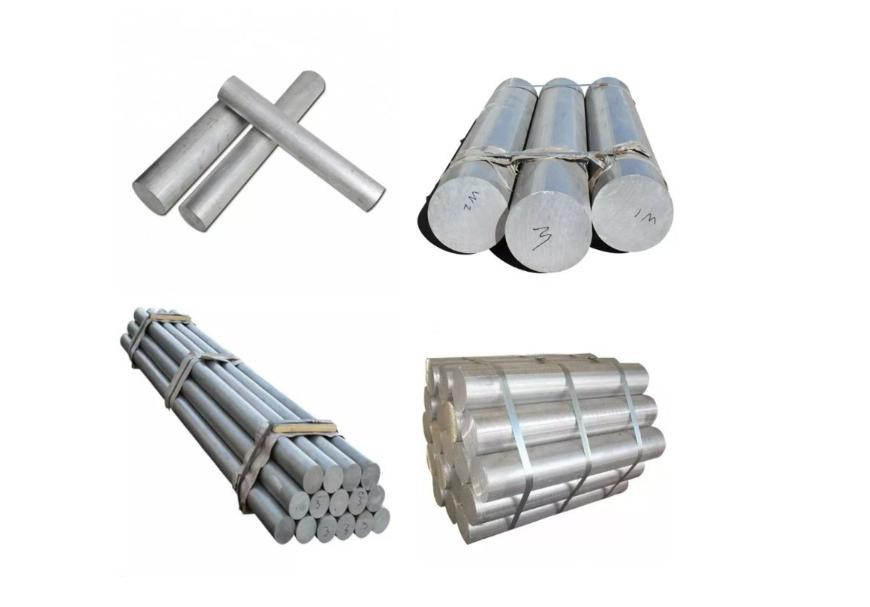Are you stuck choosing between a 10mm aluminum rod and a 12mm aluminum rod? Both sizes are popular in various applications, but understanding their differences is key. Whether you’re working on a DIY project or a professional build, selecting the right diameter impacts strength, flexibility, and overall performance. In this article, we’ll compare these two sizes, discuss their best uses, and help you make an informed decision.
Why Size Matters in Aluminum Rods
H2: The Importance of Diameter in Aluminum Applications
Problem: Many overlook how diameter influences a rod’s strength and flexibility.
Solution: Choosing the right size ensures your project is both durable and functional.
Case: I once used a 10mm aluminum rod for a lightweight frame, but it lacked the rigidity I needed. Switching to 12mm improved stability significantly.
Transition
Knowing the differences between 10mm and 12mm aluminum rods helps you avoid costly mistakes and wasted materials.
1. Comparing 10mm Aluminum Rod and 12mm Aluminum Rod
H2: Basic Specifications and Their Impact
Subsection: Diameter and Cross-Sectional Area
| Parameter | 10mm Aluminum Rod | 12mm Aluminum Rod |
|---|---|---|
| Diameter | 10mm | 12mm |
| Cross-Sectional Area | 78.54 mm² | 113.10 mm² |
| Weight (per meter) | Approx. 0.5 kg | Approx. 0.75 kg |
| Strength (Tensile) | Moderate | High |
Transition: As seen, the 12mm rod has a larger cross-section, meaning it can bear more load.
Mechanical Properties and Suitability
The 10mm aluminum rod is ideal for lightweight, less demanding projects. Conversely, the 12mm aluminum rod offers increased strength, making it suitable for structural uses.
2. Which Size Fits Your Project?
Application-Based Recommendations
Problem: Not every project needs maximum strength, but some require durability.
Solution: Match your project’s load and flexibility needs with the rod size.
Case: I was building a camera rig; the 10mm rod was enough for the frame. But for a bike rack, I opted for 12mm to handle heavier weights.
Transition
Understanding your project’s demands helps in selecting the right diameter.
3. How to Choose Between 10mm and 12mm Aluminum Rods: Step-by-Step Guide
Step 1: Assess Load Requirements
Determine the maximum weight or force the rod must handle. Heavier loads favor 12mm rods.
Step 2: Consider Flexibility and Weight
If your project requires lightweight parts, the 10mm aluminum rod is preferable.
Step 3: Check Space Constraints
Smaller diameters fit into tighter spaces, so 10mm might be better if space is limited.
Step 4: Evaluate Cost and Availability
Generally, 10mm rods are cheaper and more readily available, but prices vary based on supplier.
Step 5: Test and Verify
Order samples of both sizes if possible, then test them in your application before finalizing.
4. Common Mistakes and ⚠️ Warnings
⚠️ ⚠ Note:
- Assuming bigger is always better can lead to unnecessary weight and cost.
- Overlooking material quality may compromise safety.
- Not considering environmental factors (corrosion, temperature) can affect longevity.
⚠ Remember:
Always verify the alloy grade and supplier credibility to avoid subpar materials.
5. Comparative Analysis Table: 10mm vs 12mm Aluminum Rod
| Feature | 10mm Aluminum Rod | 12mm Aluminum Rod |
|---|---|---|
| Diameter | 10mm | 12mm |
| Cross-Sectional Area | 78.54 mm² | 113.10 mm² |
| Max Load Capacity | Moderate | High |
| Flexibility | High | Moderate |
| Suitable for | Lightweight projects, prototypes | Heavy-duty structures, supports |
| Cost | Lower | Slightly higher |
Source: Aluminum Industry Data, 2023
Transition: This comparison helps clarify which size suits your specific needs.
Conclusion
Choosing between a 10mm aluminum rod and a 12mm aluminum rod depends on your project’s demands. If weight savings are critical, go for 10mm. For strength and durability, 12mm is the better choice.
My personal experience confirms that selecting the right size saves time and money. For lightweight frameworks, 10mm works well, but for load-bearing structures, 12mm is the way to go.
Practical Step-by-Step Checklist for Selecting the Right Aluminum Rod
- Define your project’s load and strength requirements.
- Measure available space for the rod.
- Decide on weight constraints and flexibility needs.
- Check supplier options and material certifications.
- Order samples for testing in your application.
- Compare costs and delivery times.
- Test the rods under real conditions.
- Confirm the alloy grade and surface finish.
- Finalize your purchase based on performance and budget.
- Document all specifications for future reference.
Final Thoughts
The decision between 10mm and 12mm aluminum rods hinges on your specific project needs. By understanding their differences and following a structured approach, you’ll make a smarter choice.
For reliable, high-quality aluminum rods, always buy from reputable suppliers. Remember, choosing the right size ensures your project’s success and longevity.












